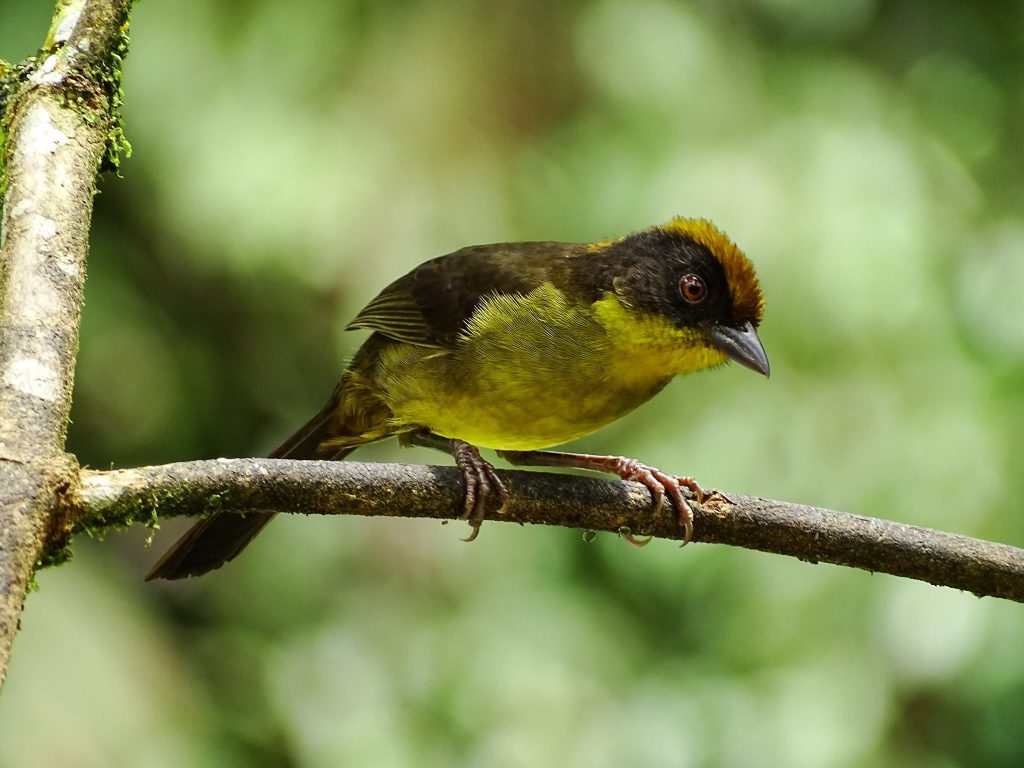
Order
sandály na klínku černé
vagabond tricouri barbati
gucci genser
nike genser
calvin klein ledvinka
rolex de diamantes
kitten heel flip flops black
מבצעים מצעים למיטת תינוק
סרבל לבן טייסים
scott mountainbike
PASSERIFORMES
Family
EMBERIZIDAE
This species is found in the western Andes. Of the species of the genus it is one of the least hidden and most arboreal. Its name Atlapetes derives from the Greek Atlas, which in mythology was a titan who was turned into a mountain, petes also derives from the Greek and means bird. Its tricolor epithet derives from Latin and means three colors.
Description
It measures from 16 to 18 cm and weighs from 29 to 40 g. Both sexes similar. It presents the sides of the black head in contrast with a marked streak on the crown of yellow color that extends to the upper part of the nape. Its upperparts are dark olive to dark gray with an olive rump and uppertail coverts and a black rest of the tail. Its throat and underparts are bright yellow olive wash on the sides, flanks, and belly. The iris of its eyes is dark reddish brown, the beak is black and the legs are gray. Juveniles have dark rufous crowns, dark brown backs, and brown underparts, sometimes striated.
Distribution
This species is found in Colombia and Ecuador. In Colombia it is distributed between 800 and 2000 m above sea level on the Pacific slope from the headwaters of the San Juan River to the department of Nariño.
Habitat
It inhabits humid forest and is found mainly in the undergrowth, edges and forest clearings.
Breeding
Tricolored Brush-finch have been observed building nests in November, February and May. A nest with a densely brownish-stained white egg was also recorded in April. Their nest was cup-shaped and had been built low to the ground on a rotten log.
Behavior
Forages mainly in pairs and family groups at heights varying mainly between 1 and 10 m. It does not usually join mixed flocks.
Taxonomy
On some occasions the subspecies crassus has been treated as a distinct species or has been placed in Atlapetes leucopis.
Conservation status
It is classified as a species of least concern
Vocalization/ Song
References
https: //www.icesi.edu.co
http: //avibase.bsc-eoc.org
https: //birdscolombia.com








